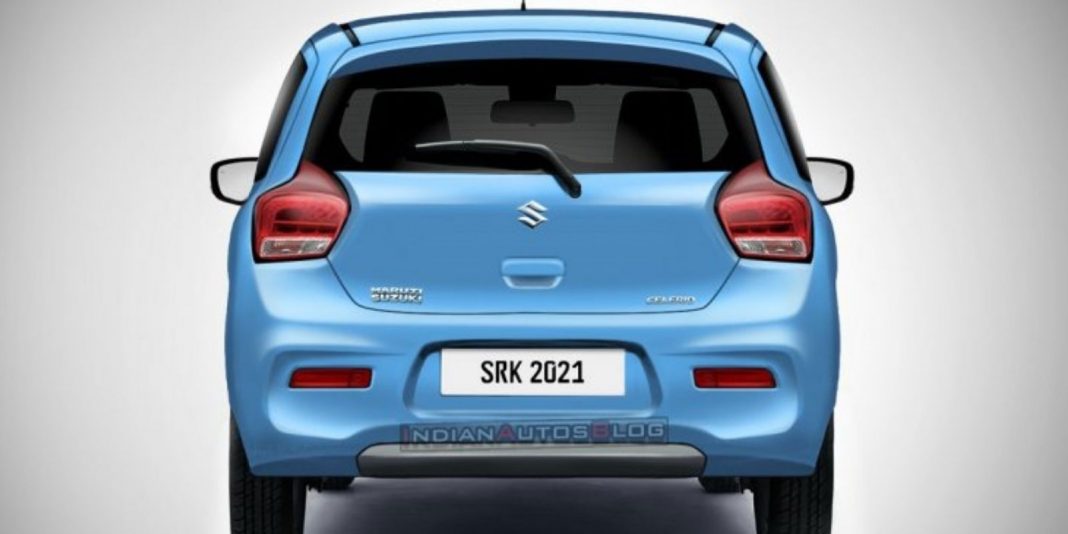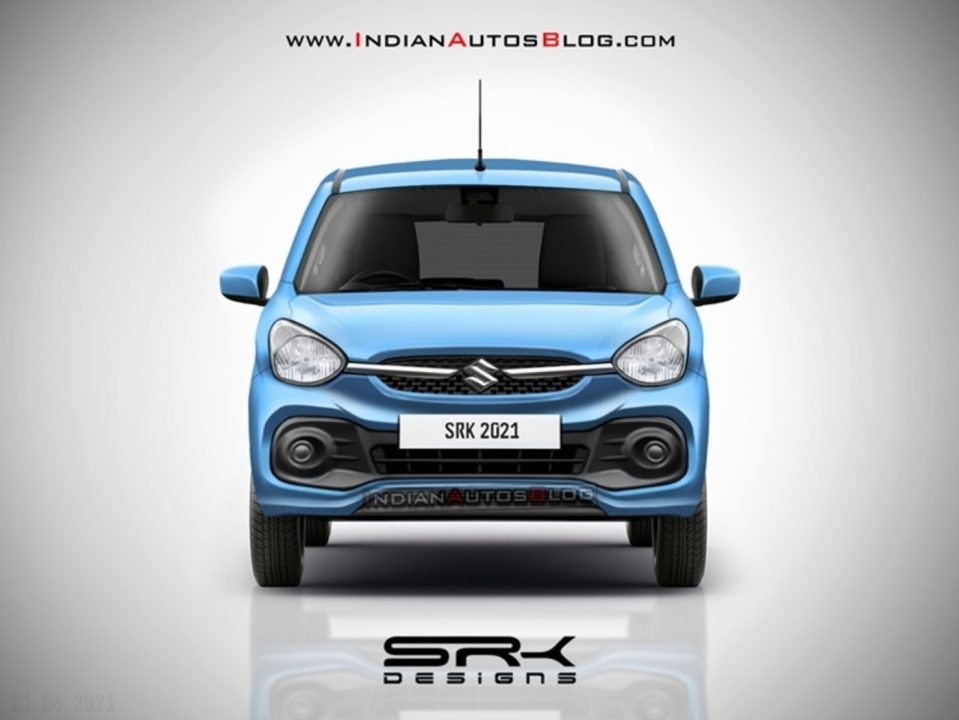
The second-generation Maruti Suzuki Celerio is expected to go on sale later this year; could be offered with a 1.2-litre petrol engine
Maruti Suzuki India Limited (MSIL) will more likely introduce the second generation Celerio in the later stages of this year (around festive season). It has already been spotted testing a number of times on public roads giving us a clear hint of how the upcoming small hatchback would look like and to make matters more interesting, here we have spy shot based digital rendering.
The new-gen Maruti Suzuki Celerio is expected to be based on the lightweight Heartect platform that can also be found in a range of models such as Ignis, Swift, Wagon R and Dzire. It will help in the new Celerio having bigger proportions than the outgoing model and thus roomier cabin for the occupants and it will also have a redesigned exterior and interior.
The digital rendering of the rear end of the second-gen Celerio shows the presence of C-shaped graphics within the tail lamp cluster, integrated turn indicators and a single-piece tailgate. You could also find the Maruti Suzuki badge on the left side and Celerio writing on the right side of the tailgate. It also gets an integrated spoiler along with a new bumper having horizontal reflectors.
The rear wiper and defogger, Suzuki emblem and number plate mounted on the bumper are other highlights. The front fascia of the forthcoming Celerio features a bulbous headlamp unit connected by a thick chrome strip with a Suzuki badge in the middle. The redesigned front bumper has black housing for the fog lamps and a wide central air intake can also be noted.
The interior will be equipped with a touchscreen infotainment system with Apple CarPlay and Android Auto connectivity in the top-spec variants alongside a new steering wheel with mounted controls, reworked dashboard and centre console, electrically adjustable wing mirrors, and so on. It will continue to be powered by a 1.0-litre three-cylinder petrol engine.
It develops around 67 PS and 90 Nm. The 1.2-litre K-series petrol engine producing 83 PS maximum power and 113 Nm of peak torque is also expected. A five-speed manual and a five-speed AMT will more likely be the transmission choices.

